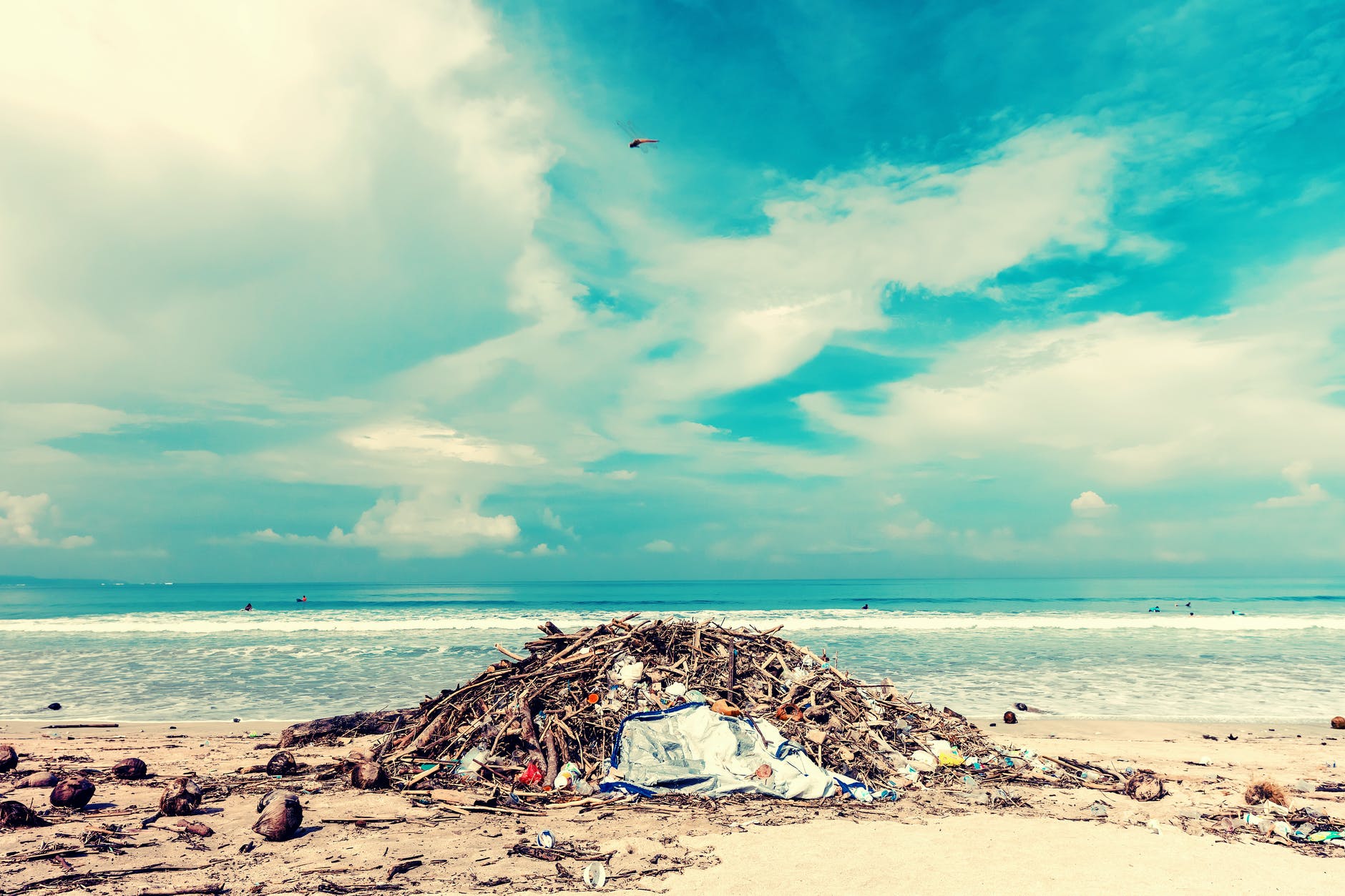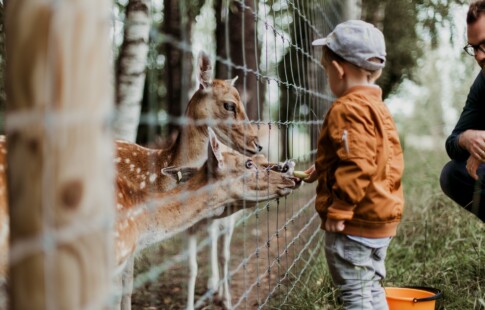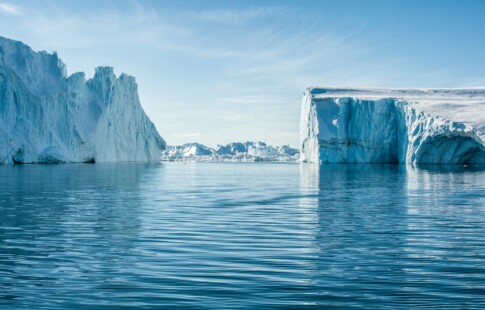
5 Types of Ocean Pollution and How We Can Stop Them
We are reader-supported. When you buy through links on our site, we may earn affiliate commission.
Around the world, pollution affects many of our waterways. However, several different kinds of contamination exist – and each one hurts our oceans significantly. To put a stop to these harmful factors, we need to learn more. Then, we can understand how it influences the lives of people and animals and permanently changes our environment. Take a look at five types of ocean pollution.
1. Oil Pollution
In some ways, oil pollution stands as one of the most destructive forms of ocean contamination. Much of our planet operates on oil, from vehicles to trucks to boats — especially as the shipping industry relies on vessels fueled by it. On top of that, oil companies tend to drill in our seas. Sometimes, this process results in spills, such as BP’s Gulf of Mexico disaster in 2010. Natural seepage may also occur.
No matter its origins, oil eventually makes its way to the ocean. Though sources and causes vary, researchers estimate that our consumption of oil contributes to 37% of our oceans’ oil pollution. This figure stands as a reflection of our discharge methods. For instance, cars and rigs may endure oil leaks, which wash into sewer drains. We may also use unsustainable practices to toss old oil. As a result, marine wildlife suffers from health issues. The fur and feathers on otters and birds can no longer repel certain elements, so these animals endure hypothermia. Other creatures, like whales and dolphins, encounter lung issues.
Solutions
If you want to prevent these effects, pay more attention to your oil usage. Work to prevent spills — and when they do happen, contain them immediately. You can install a drip pan inside of your car as well.
2. Plastic Pollution
Because it’s so common, many people already know about plastic pollution. However, they’re often not aware of the harm that it causes. Each year, millions of metric tons of plastic enter our oceans. This problem happens for a few reasons. When someone litters, wind and rain can push that debris along roads and paths. Eventually, it ends up in a stream or river. Plastic waste can also come from boats that use nets and lines to catch fish. Since its invention in the 1950s, plastic continues to be a popular material. Unfortunately, it causes immense problems for marine animals. Turtles become entangled inside plastic bags. Empty soda bottle rings can trap fish by their fins. Over time, plastic breaks down into tiny pieces that end up as microplastics. Many animals mistake these bits for food.
Solutions
If we do our part, we can end plastic pollution once and for all. Try to reduce, reuse and recycle materials as often as you can. Avoid single-use utensils and straws, too. A reusable water bottle makes a massive difference.
3. Noise Pollution
A lot of underwater species rely on their sense of sound and every one of the types of ocean pollution get in the way. They use their ears to listen for friends and foes, as well as locate potential meals. The ocean isn’t exactly well-lit, so, over time, marine animals evolved to find a solution. Today, it’s almost impossible for these creatures to hear clearly. Certain human activities tend to create unnecessary noise, which makes it extremely difficult for wildlife to thrive.
Noise pollution may also inflict health issues, like brain hemorrhages. When a ship passes by, or someone conducts a sonar test, massive sound waves echo through our oceans’ environments.
Solutions
There’s a lot of ways to tackle the noise pollution that stems from these sources. We can advocate for new acoustic standards, raise awareness in communities and look for refined oil and gas exploration methods.
4. Mercury Pollution
Typically, mercury occurs naturally inside of the Earth’s crust. However, human-driven actions that create fossil fuels also lead to mercury. Similarly, researchers have found that when people mine for precious metals, they inadvertently release mercury into the atmosphere. As a result, bioaccumulation happens throughout our oceans — and can affect both people and animals. A small fish ingests mercury. Then, a larger fish eats it, and the cycle continues.
Almost always, mercury tends to be toxic to marine wildlife. It can affect natural ecosystems as it results in a lack of microbiological activity. This process creates degraded environments. At the same time, a concentration of mercury inside of a specimen’s body leads to health problems, including reproductive and neurobehavioral deficits.
Solutions
To put a stop to mercury pollution, it’s essential to buy mercury-free products. Similarly, you should learn about local waste-removal procedures so that you can dispose of items correctly.
5. Chemical Pollution
When harmful toxins enter our waterways, they eventually travel to our oceans. These chemicals may include pesticides, fertilizers and detergents. Other industrial substances and oil also fall into this category. When a household or farm uses toxins to grow plants, rainwater can wash those elements into nearby streams. Those extra nutrients create stagnant areas called dead zones, which suck up oxygen.
These chemicals make it difficult for marine species to breathe as usual. Like mercury pollution, toxins can pass through wildlife by way of bioaccumulation. As a consequence, many animals can’t exist in their natural habitats. If they ingest chemicals, they may die – and pass them onto other organisms.
Solutions
You can put a stop to chemical pollution. Skip out on toxic lawn sprays, or opt for products without them. Use chemical-free products inside your home, too. Whenever you come across dead batteries, be sure to recycle them. Avoid items that contain volatile organic compounds.
Do Your Part to Save Marine Animals Knowing Types of Ocean Pollution
You can make a difference to prevent pollution and save wildlife. Consider these types of ocean contamination and what you’re able to do to help. Together, we have the power to make a change.
Share on
Like what you read? Join other Environment.co readers!
Get the latest updates on our planet by subscribing to the Environment.co newsletter!
About the author
Jane Marsh
Starting from an early age, Jane Marsh loved all animals and became a budding environmentalist. Now, Jane works as the Editor-in-Chief of Environment.co where she covers topics related to climate policy, renewable energy, the food industry, and more.





